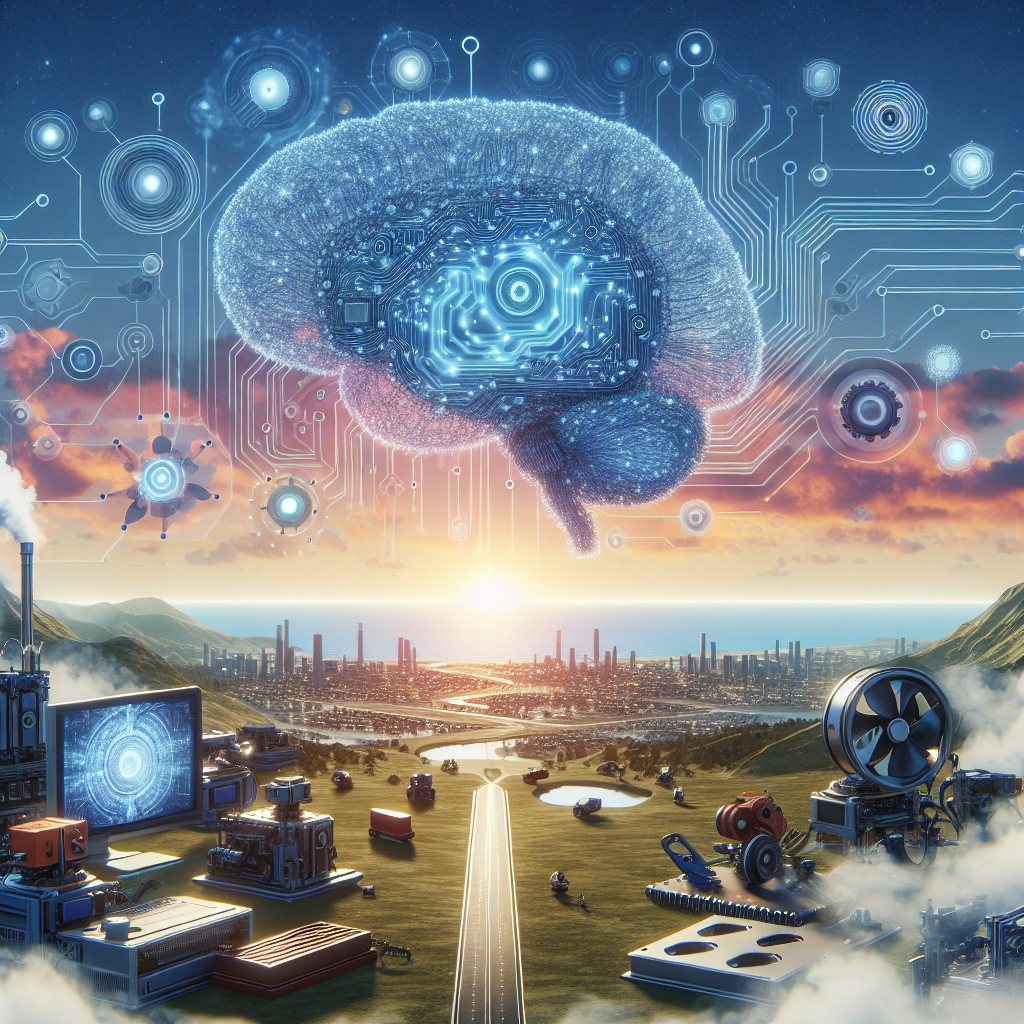Artificial Intelligence (AI) engineering has been rapidly advancing in recent years, and one of the key developments driving this progress is the use of foundation models. Foundation models are large-scale AI models that have been pre-trained on vast amounts of data, allowing them to perform a wide range of tasks with impressive accuracy and efficiency.
These models have the potential to revolutionize the way we approach AI engineering, opening up new possibilities for innovation and pushing the boundaries of what is possible with artificial intelligence. By harnessing the power of foundation models, engineers can build more sophisticated and intelligent AI systems that can tackle complex problems and deliver more personalized and effective solutions.
One of the key advantages of foundation models is their ability to transfer knowledge across different tasks and domains. This means that engineers can use a single pre-trained model as a starting point for a wide range of applications, saving time and resources that would otherwise be spent on training new models from scratch. This flexibility allows for faster development cycles and enables engineers to explore new ideas and concepts more quickly.
Another key benefit of foundation models is their ability to improve the performance of AI systems in real-world environments. By pre-training models on large and diverse datasets, engineers can ensure that their AI systems are more robust and reliable, even when faced with complex and unpredictable situations. This can lead to more effective and efficient AI solutions that can adapt to changing conditions and deliver better outcomes for users.
In addition to these benefits, foundation models also have the potential to drive innovation in AI engineering by enabling engineers to focus on higher-level tasks and creative problem-solving. By offloading the heavy lifting of data processing and model training to pre-trained models, engineers can spend more time on designing innovative solutions and exploring new applications for AI technology. This can lead to breakthroughs in areas such as natural language processing, computer vision, and autonomous systems, opening up new possibilities for how AI can be used to improve our lives.
As we look to the future of AI engineering, it is clear that foundation models will play a crucial role in driving innovation and pushing the boundaries of what is possible with artificial intelligence. By harnessing the power of these models, engineers can build more sophisticated and intelligent AI systems that can tackle complex problems and deliver more personalized and effective solutions. The future of AI engineering is bright, and foundation models will be at the forefront of this exciting new era of innovation.
#Future #Engineering #Harnessing #Foundation #Models #Innovation,ai engineering: building applications with foundation models


Leave a Reply